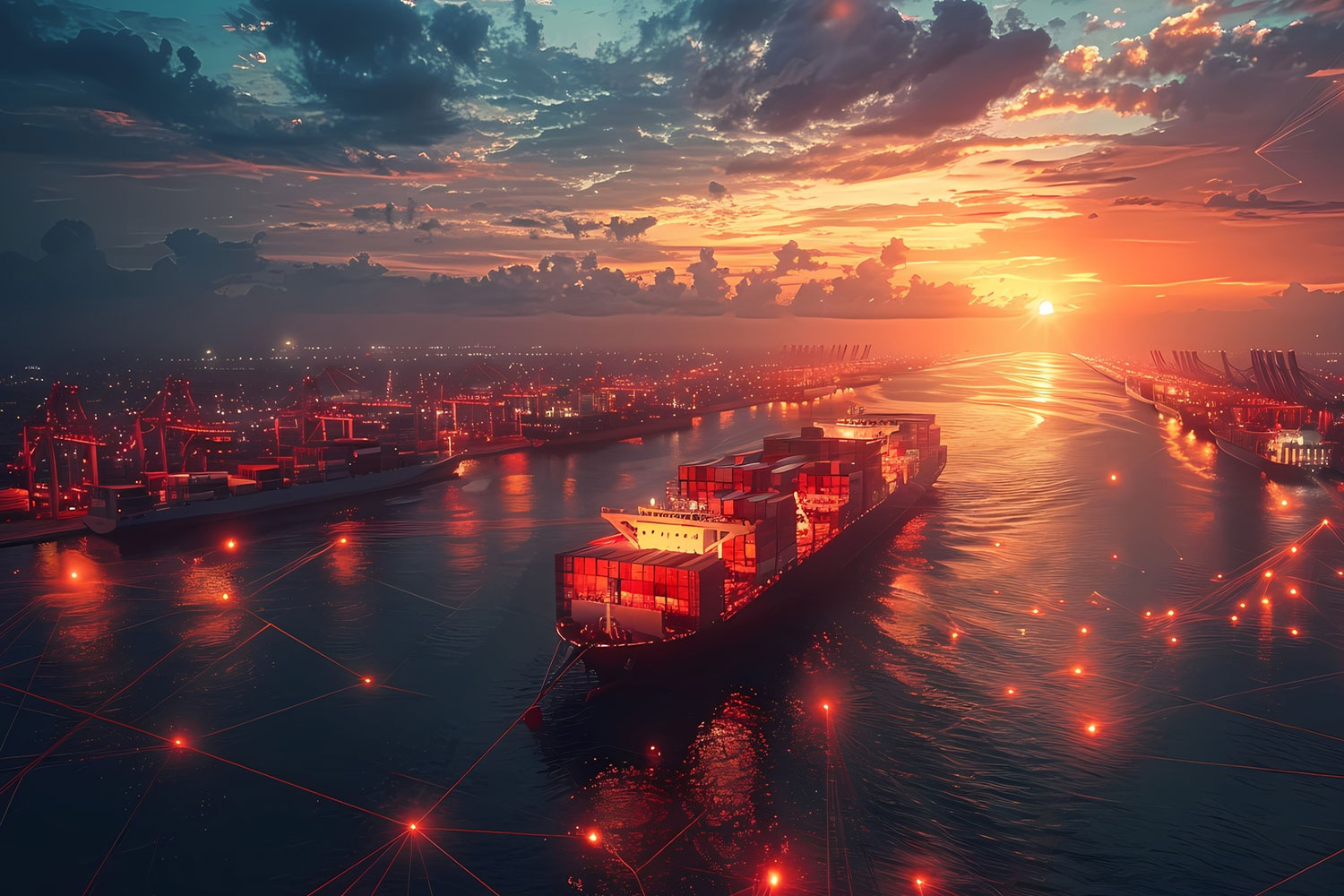Tariffs, Costs, and Chaos: How Importers Can Regain Control with Beyond Logix
Global supply chains are evolving fast, and not always by choice. With rising tariffs, extended lead times, and geopolitical uncertainty clouding traditional sourcing hubs such as China and Southeast Asia, many U.S. importers are reevaluating their global footprint. Enter: nearshoring.
Nearshoring—relocating manufacturing and suppliers to closer countries like Mexico or other parts of Latin America—is no longer just a trend; it’s becoming a necessity.
Why Importers Are Nearshoring Now
For mid-market companies moving 50 to 200+ containers a month, the logistics impact of global disruption is more than theoretical. It’s measurable in lost margin, missed timelines, and exhausted teams.
Here’s why importers are shifting to nearshoring today
- Tariff Pressure: U.S. tariffs on Chinese imports, including a 50% duty on steel and aluminum, continue to erode profits.
- Volatile Ocean Freight: Rates from Asia remain unpredictable, with longer transit windows and tighter capacity.
- Port Congestion: U.S. West Coast ports are still catching up, causing delays and increased detention fees.
- Demand for Speed: Customers expect rapid fulfillment, and closer suppliers cut delivery windows by weeks.
According to a recent Kearney Reshoring Index report, U.S. companies are onshoring or nearshoring at record levels, and Mexico is now the top destination.
What Nearshoring Means for Your Logistics Strategy
Shifting to nearshoring isn’t just a sourcing decision—it’s a supply chain overhaul. It affects your freight routing, warehousing strategy, customs workflows, and risk management posture.
Here’s what importers must prepare for:
- Cross-Border Freight Complexity: You’ll be shifting from ocean freight to overland routes—introducing new variables like Mexico-U.S. border compliance, freight brokerage, and regional distribution.
- Warehouse Realignment: If your goods arrive faster, you need flexible warehouse solutions to hold, process, and fulfill. Strategic warehousing placement near demand centers becomes critical.
- Vendor and Mode Shifts: Different suppliers and shipping modes (rail, LTL, full truckload) require updates to procurement processes, delivery SLAs, and inventory planning.
- Regulatory & Compliance Planning: Cross-border trade is heavily regulated. You’ll need a logistics partner that can handle customs filings, trade agreements (e.g., USMCA), and real-time documentation.
How Beyond Logix Supports Your Nearshoring Strategy
At Beyond Logix, we’ve helped mid-market importers shift their supply chain operations to Mexico and Latin America without disruption. As a strategic 4PL partner, we don’t just move freight—we redesign your logistics stack to fit your future.
✔️ Cross-Border Freight Management
We manage LTL, FTL, and intermodal shipments between the U.S., Mexico, and Canada—ensuring speed and compliance across every checkpoint.
✔️ Regional Warehousing & Fulfillment
Our warehouse network gives you distribution coverage where it counts—so you can receive, store, and ship without delay.
✔️ Customs Compliance & Documentation
We handle import/export paperwork, automated filings, and real-time customs tracking so your freight flows smoothly.
✔️ Visibility Through Technology
Our platform gives you real-time tracking, landed cost analytics, and scenario planning—so you always stay ahead of the curve.
✔️ Strategic Consulting
Not sure where to start? Our team maps out your existing logistics blueprint and provides a clear plan to pivot sourcing while keeping your operations lean.
Nearshoring is no longer a wait-and-see strategy. It’s a competitive necessity. Importers that act now can lower their landed costs, speed up delivery, and build resilience into their supply chain.
Source References
- Kearney Reshoring Index 2025: https://www.kearney.com/
- AP News – Tariffs & Manufacturing Trends: https://apnews.com/
- U.S. Department of Commerce Trade Statistics: https://www.trade.gov/




